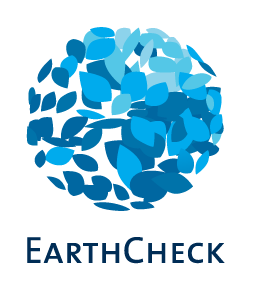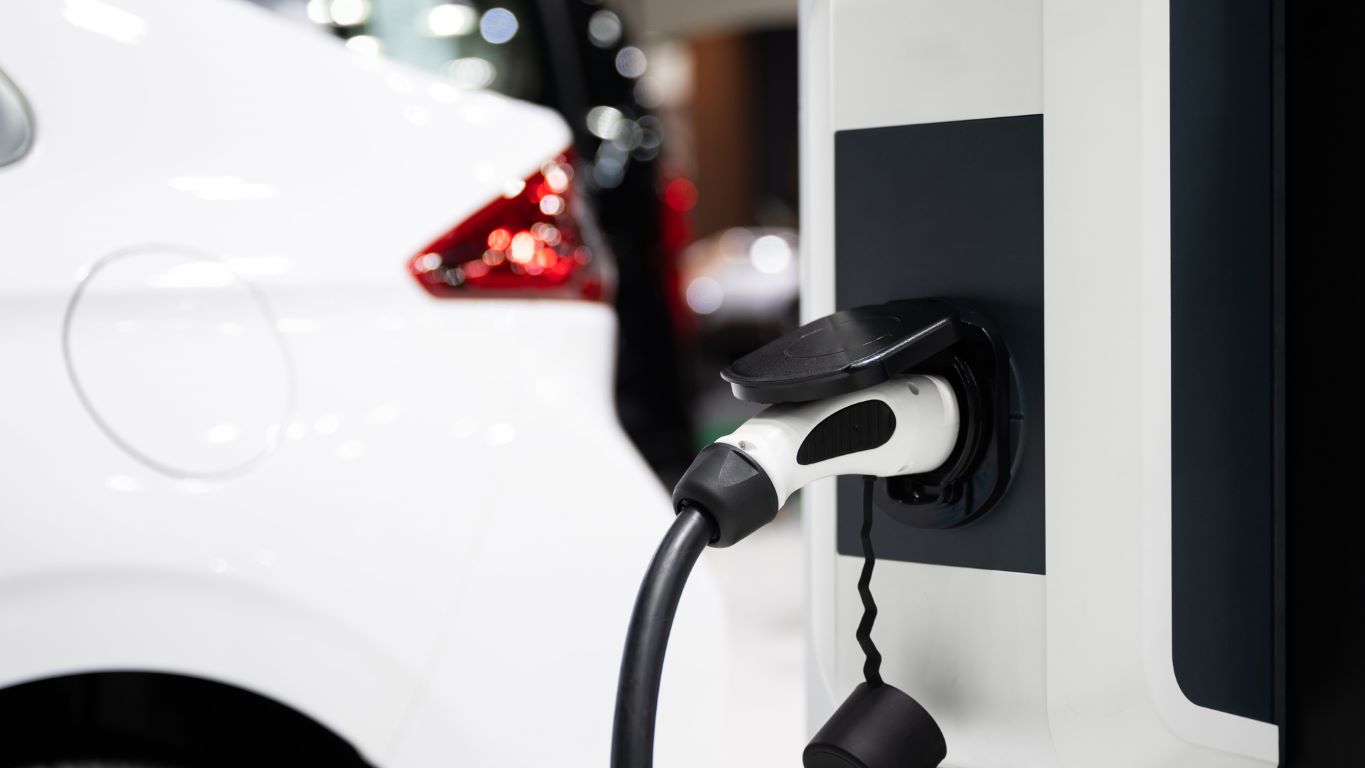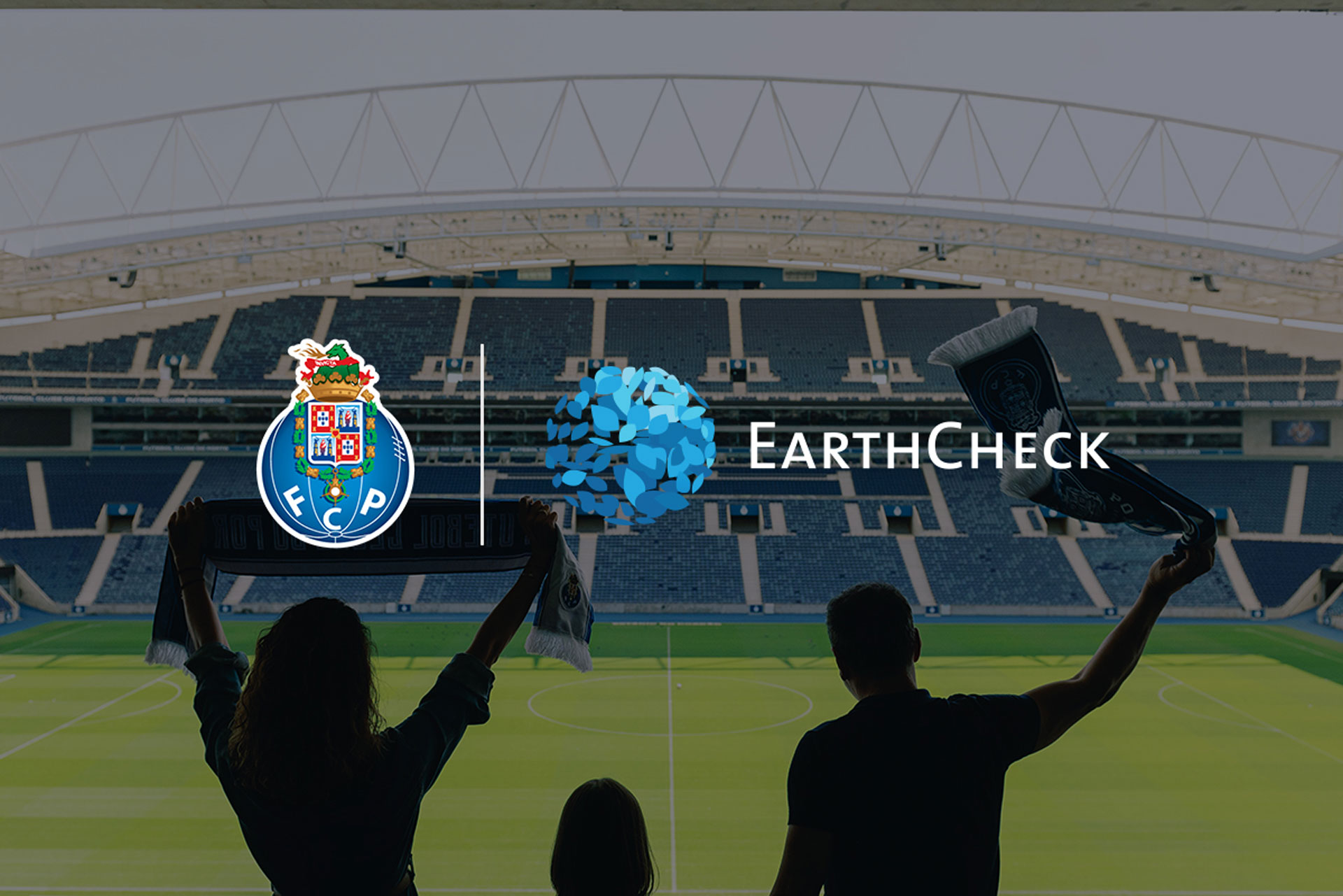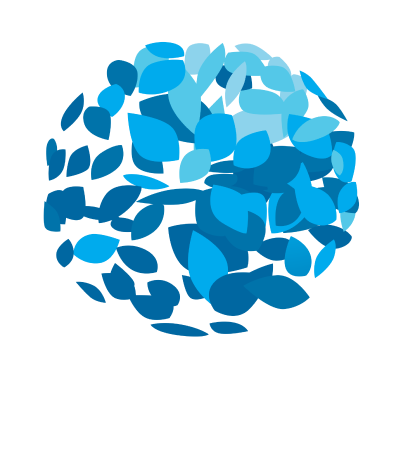Source: One Planet Vision for a Responsible Recovery of the Tourism Sector | UNWTO
Transforming One Planet Vision Into Action – Policy and Governance
Back to Basics – The Importance of Drive Tourism
As the impact of COVID-19 continues to be felt in destinations throughout the world, people are eager to reconnect with nature and leave their homes in search of fresh air and new adventuresi. While international and some internal borders remain closed, domestic tourism markets provide the primary opportunity for many destinations. Road trips and self-drive trips are set to grow in popularity as a key means of visitors enjoying domestic holiday trips.
In a post-COVID environment, self-drive itinerary options provide the opportunity to explore destinations close to home. Use of visitors’ own vehicles also provides a relatively COVID-safe means of travel, providing individuals with the confidence and sense of security to restart leisure travel.
Drive tourism is providing green shoots of recovery for many destinations, offering the potential to providing lasting economic and social benefits to local communities.
The Opportunity
Drive tourism provides a strong linkage to local communities and delivers tourism dollars to regional areas. Opportunities arise as travellers on multi-stop trips do not remain concentrated in major tourism hubs, but rather, are able to disperse across regions. Post-COVID, we are seeing an increased desire from visitors to support local communities and aid recovery.
Whilst signature experiences1 often create the impetus for visitors to plan their route, they also create a halo effect where many supporting experiences will be visited along the way. These experiences may often otherwise be overlooked due to a lack of accessibility or time.
A wide range of experiences can be enjoyed via self-drive and touring trips whether it is a camping trip in the wild, exploring the countryside or a multi-stop city road trip – there is something for all markets.
Driving Sustainability – Capitalizing on Trends
Leveraging off consumer trends is even more important during the COVID recovery phase. Travellers are increasingly embracing purpose-driven holiday options that can demonstrate social and environmental sustainabilityii.
As choice and price improves, and governments legislate to phase out new petrol and diesel vehicles, increasing numbers of drive tourists will choose electric vehicles (EVs). Extension of charging networks and infrastructure will be a prerequisite to avoid ‘range anxiety’iii. Destinations that invest in providing infrastructure will be in high demand for the conscious traveller. Extensive networks are not yet the norm, offering the opportunity for ‘first mover’ advantage for destinations. One example is Tropical North Queensland, where the Queensland State Government has invested in twelve charging stations in six key visitor locations. The stations are well-placed along 500 kilometers of roadway creating Australia’s first Electric Vehicle Tourist Driveiv.
An additional benefit of the charging stations is that they encourage visitors to stop, explore, and enjoy local attractions and services while charging their EVs. One strategy for Queensland has been exactly that. Attractions such as Paronella Park have been working with the State Government in a pilot program to explore the opportunities in linking tourism and decarbonisation.
Strategic charging locations could be an economic game-changer for rural communities, driving visitors off the beaten track, opening regional communities, and better managing the flow of visitors, particularly in high season.
Next
For destination managers and tourism stakeholders, it is a time to act. However, marketing alone is unlikely to unlock the potential of drive tourism for communities. A strategic approach that is built around local experiences and stories to maximise the economic and social benefits that tourism contributes are necessary. For example, developing tourism routes that smooth out seasonality.
The following checklist is a starting point to leverage the strategic advantage of drive tourism:
- Have you recently undertaken an audit of what drive routes exist and what services are now open?
- Do you have online collateral to support drive tourism?
- Do your drive routes have engaging local experiences for your target markets?
- Is there adequate way-finding to direct visitors toward key attractions?
- Do experiences and facilities along drives meet the needs of a new post-COVID-19
- market who are looking for escape, wellbeing, and space?
- Will experiences and facilities continue to meet the needs of evolving markets as restrictions ease?
- Do your drive routes offer products and services that promote local products and produce and are underpinned by sustainable travel values?
- Do your drive routes offer COVID-19 safe service and accommodation options for hygiene conscious consumers?
- Is there sufficient data to monitor, measure and evaluate your drive campaign /strategy?
This article for Transforming One Planet Vision into Action has been brought to you by EarthCheck. EarthCheck is the world’s leading scientific benchmarking, certification and advisory group for travel and tourism. Since 1987, we have helped businesses, communities and governments to deliver clean, safe, prosperous and healthy destinations for travellers to visit, live, work and play. We understand the value of big ideas and the importance of clear communication. We know that what can be good for the planet is also good for business.
1 Signature experiences are the outstanding visitor experiences, the must-see or bucket-list items.
2 Range anxiety is the anxiety a consumer experiences in response to the limited range of electric vehicles, or being stranded should the battery run out (Chen et al. 2020).iv
i The University of Queensland (2020). Sunny outlook for domestic tourism post COVID-19 restrictions. Retrieved under https://www.uq.edu.au/news/article/2020/04/sunny-outlook-domestic-tourism-post-covid-19-restrictions
ii Tourism and Events Queensland (2020). The Ultimate Transformational Experience Guide. 7 Steps to creating Better Value For Guests and Your Business
iii Chen, R., Liu, X., Miao, L., and Yang, P. (2020) Electric Vehicle Tour Planning Considering Range Anxiety, Sustainability, vol.12, no. 3685, pp. 1-17
iv https://evse.com.au/blog/evse-australia-makes-history-by-powering-up-australias-first-electric-vehicle-tourist-drive-in-north-queensland/







